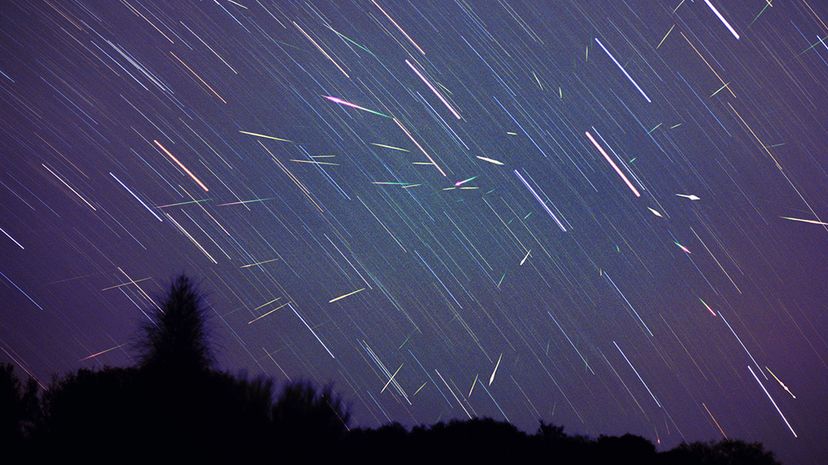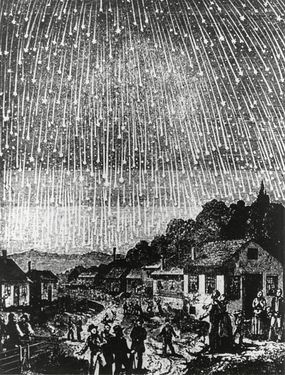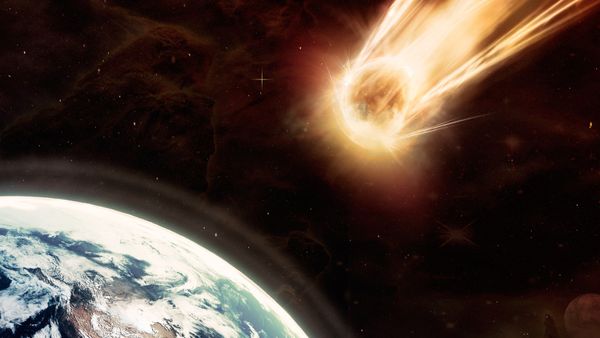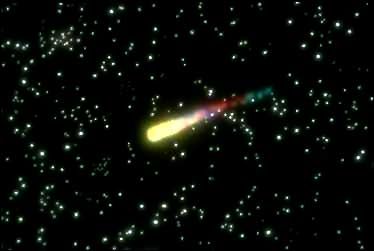
From the vantage point of space, meteor showers are just trails of space debris, tiny bits of rock and ice left behind by comets as they race through the cosmos. But when our planet passes through those streams of junk as it revolves around the sun, the pieces of comet debris — some of them as small as a grain of sand — collide with the Earth's atmosphere and enter it. As they burn up, they create spectacular displays of natural fireworks in the nighttime sky.
We're about to have one of those memorable celestial events. The Leonid meteor shower, created as Earth passes through debris left by the comet Tempel-Tuttle, will appear in the skies from Thursday, Nov. 3, to Friday, Dec. 2, according to the American Meteor Society (AMS).
Advertisement

The peak this year is expected from midnight to dawn the morning of Nov. 18 (night of Thursday, Nov. 17), according to astronomy website EarthSky. It estimates you can see as many as 10 to 15 meteors per hour, though this might be affected by bright moonlight on that night.
If you want to get the best look at the Leonids, prepare to wake up several hours before dawn. Pick a good location — ideally, someplace with a wide view of the sky, where there aren't a lot of brightly lit buildings and streetlights around — and give yourself about a half-hour for your eyes to adjust to the darkness. It's easier to just rely upon your eyes instead of binoculars or a telescope since those devices tend to limit your field of view and make it harder to spot the fast-moving objects.
Once you're in position, look in the sky for the constellation Leo; the bright quadruple star system of Regulus will help you find it. The meteors will seem to come from the array of stars that make up the lion's mane.
According to Space.com, Leonid meteors typically start burning up when they're 87 miles (140 kilometers) above the Earth's surface, and they disintegrate long before hitting the ground.
Advertisement

